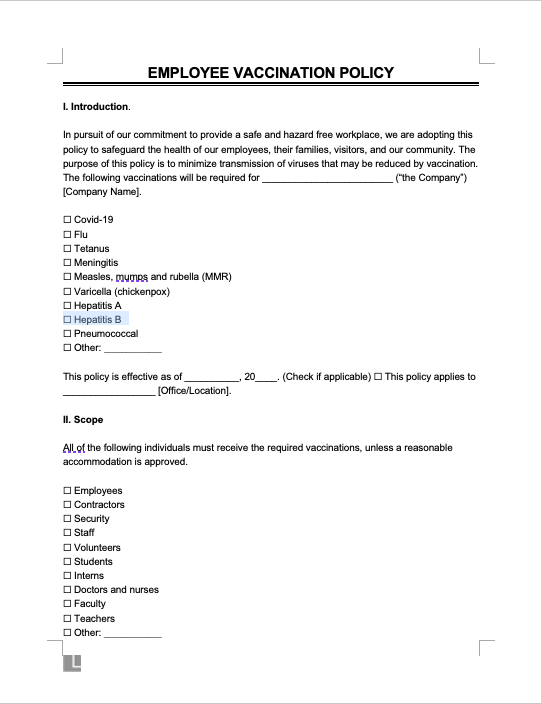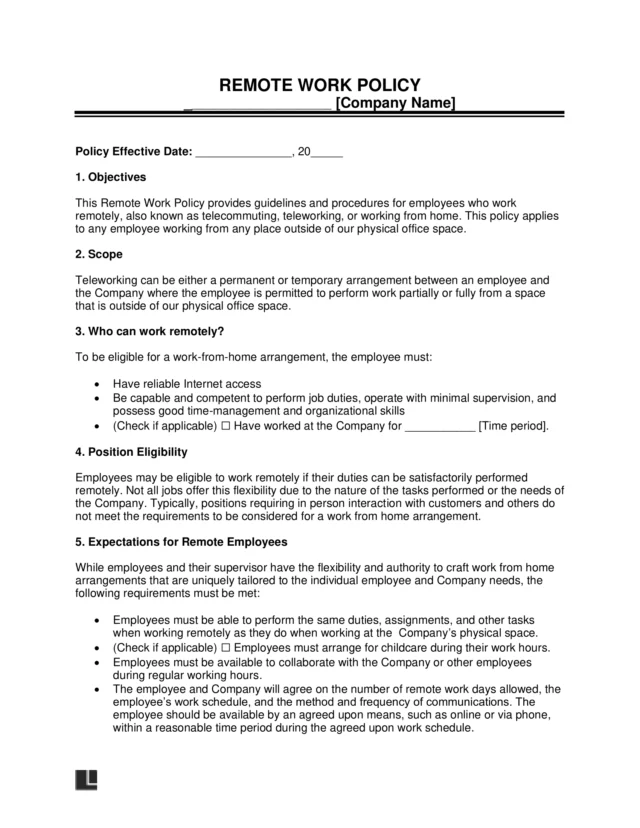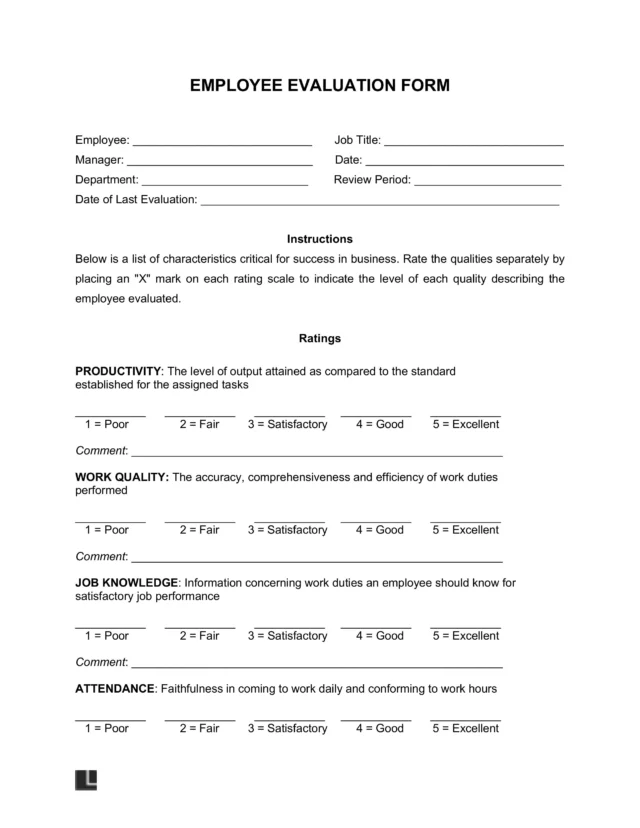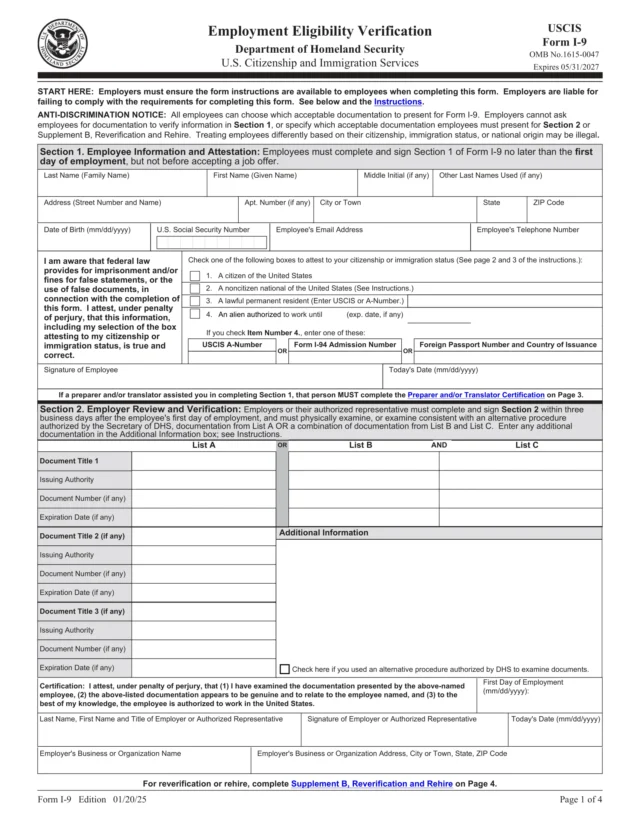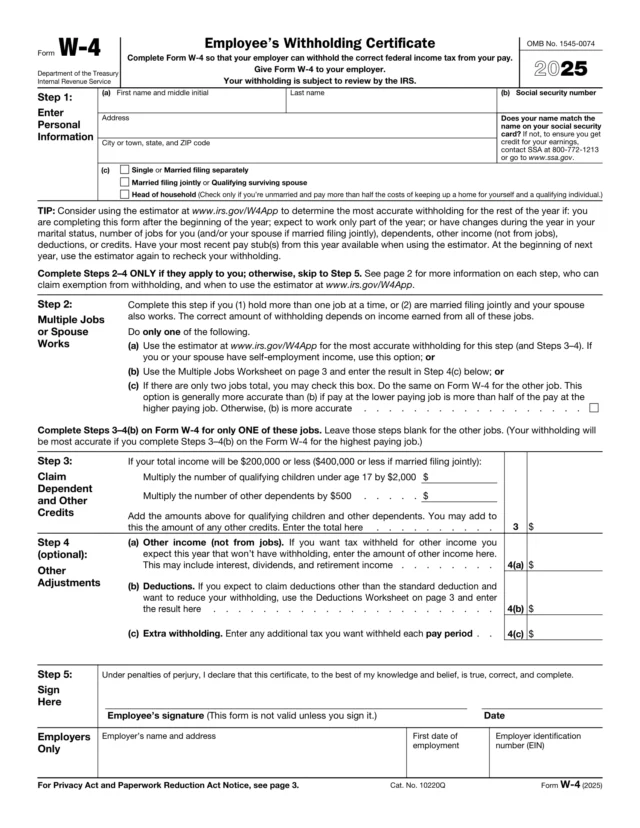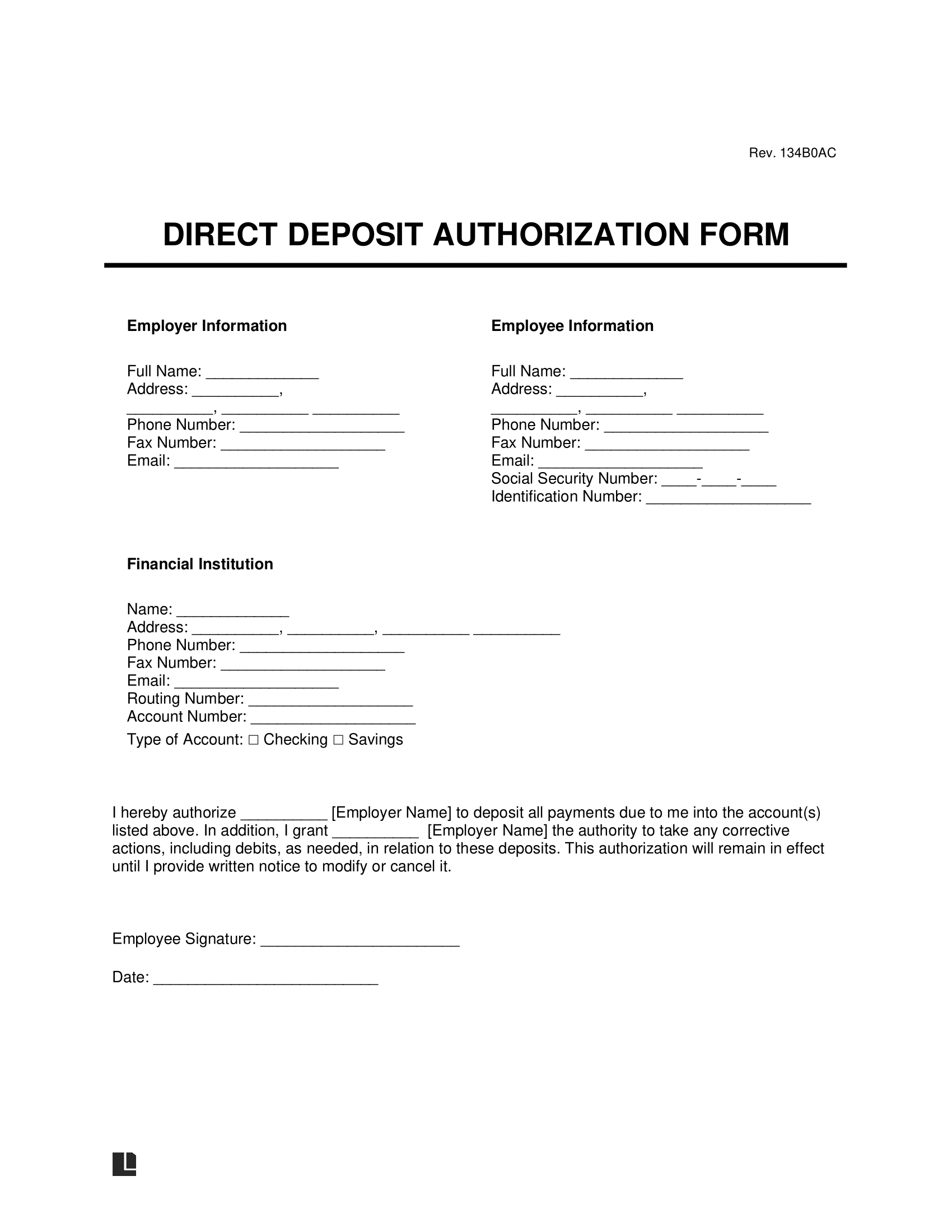What Is a Direct Deposit Authorization Form?
A direct deposit authorization form allows an employer or other payer to deposit funds into an employee’s bank account. It includes fields for employees to provide their personal and banking details. They must also include their signed consent to receive payments electronically.
Direct deposit bypasses paper checks, making it more secure and convenient. It also enables payroll departments and agencies to process deposits efficiently.
Using a Direct Deposit Form for Government Benefits
In addition to payroll, a direct deposit authorization form may be used by individuals to receive government benefits, VA benefits, or other federal payments.
Some agencies may require beneficiaries to sign up for direct deposit through their own official enrollment forms. For example, the US Department of the Treasury offers a direct deposit enrollment service for federal benefits.
How Does Direct Deposit Work?
A direct deposit moves money digitally from the payer’s bank account to the recipient’s bank account. The process is handled through the Automated Clearing House (ACH) network, which securely moves funds between banks.
Here’s how it works:
- Begin by providing the employees with the direct deposit authorization form. Have them fill out their personal and banking information correctly and sign the form.
- Forward the completed form to your payroll provider or bank so they can set up direct deposit for employees.
- On payday, your bank will send employee wages through the ACH network.
- Employee accounts are then credited on payday.
In most cases, direct deposits begin 1-2 business days after payday. Delays can occur if bank details need to be verified further or if payday falls on a federal holiday.
What to Include on a Direct Deposit Authorization Form?
When providing your employees with a direct deposit authorization form, make sure it includes all the information needed to process payment effectively. This will help ensure accurate, timely payments and keep payroll running smoothly.
Here’s what every direct deposit authorization form should include:
Employee and Employer Information
A direct deposit authorization form should list both employee and employer information to ensure the employee’s bank account is correctly linked to your payroll system.
The employee section should request the employee’s:
- Full legal name
- Home address
- Phone number and email
- Social Security Number (SSN)
- Employee identification number (if applicable)
The employer section should list the business or agency name, address, and payroll contact information.
Bank Account Details
The form should also include fields for the employee’s bank name, account number, and routing number, along with an option to indicate whether the account is checking or savings. These details are essential to ensure deposits are sent to the correct account on time.
Deposit Instructions
This section on the direct deposit form allows employees to indicate whether they want their paycheck deposited into a single account or split between multiple accounts. With a split deposit, employees can specify the percentage or dollar amount they’d like to go to each account. Identifying these details can help avoid processing errors.
Authorization Statement and Signature
Employees must sign and date the form to confirm their information is correct. It also serves as their consent to receive direct deposits. This signed consent is your legal authorization to send funds through the ACH network and is essential for record-keeping.
How to Fill Out a Direct Deposit Authorization Form
When setting up direct deposit, walk employees through the process so they provide the correct information the first time.
Help Employees Know What Details to Provide
Give employees clear instructions on how to complete each field. Incorrect information can cause delays in processing and payment. To avoid issues:
- Use a standard form that keeps personal information separate from banking details. Legal Templates offers a ready-to-use direct deposit authorization form that meets these standards.
- Show employees how to find banking details on a statement, in their banking app, or on a check.
- Let them know if they’ll need to include a voided check or bank verification letter.
Employees should provide:
- Full legal name (matching bank and payroll records)
- Home address (for payroll records)
- Phone number and/or email (for communication about payroll)
- Social Security Number (SSN) or employee ID (for accurate payroll matching)
- Bank name
- Bank routing number
- Account number
- Account type (checking or savings)
- Deposit instructions (full deposit to one account or split between multiple accounts, with amounts or percentages)
Provide a Secure Submission Process
Offer a safe and reliable way for employees to submit their direct deposit information, such as through a secure online HR portal. Set a clear deadline for employees to submit the form to avoid processing delays.
If an online portal isn’t available, have employees hand-deliver the form directly to your payroll department or HR staff. Remind employees not to share banking details by email or text, as these methods aren’t secure.
Sample Direct Deposit Authorization Form
View our sample direct deposit authorization form to see how to complete each section correctly. Complete our questionnaire to fill out the form and download it in PDF or Word to set up fast, secure deposits.



